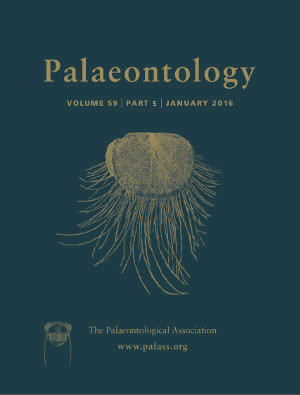Reg. Charity No. 1168330

In biogeography, the similarity distance decay (SDD) relationship refers to the decrease in compositional similarity between communities with geographical distance. Although representing one of the most widely used relationships in biogeography, a review of the literature reveals that: (1) SDD is influenced by both spatial extent and sample size; (2) the potential effect of the phylogenetic level has yet to be tested; (3) the effect of a marked biogeographical structuring upon SDD patterns is largely unknown; and (4) the SDD relationship is usually explored with modern, mainly terrestrial organisms, whereas fossil taxa are seldom used in that perspective. Using this relationship, we explore the long‐distance dispersal of the Early Jurassic (early Pliensbachian, c. 190.8 Ma to 187.6 Ma) ammonites of the western Tethys and adjacent areas, in a context of marked provincialism. We show that the long‐distance dispersal of these ammonites is not related to shell size and shape, but rather to the environmental characteristics of the province to which they belong. This suggests that their long‐distance dispersal may have been essentially driven by passive planktonic drift during early juvenile, post‐hatching stages. Furthermore, it seems that the SDD relationship is not always an appropriate method to characterize the existence of a biogeographical structuring. We conducted SDD analyses at various spatial, sampling and phylogenetic scales in order to evaluate their sensitivity to scale effects. This multi‐scale approach indicates that the sampling scale may influence SDD rates in an unpredictable way and that the phylogenetic level has a major impact on SDD patterns.